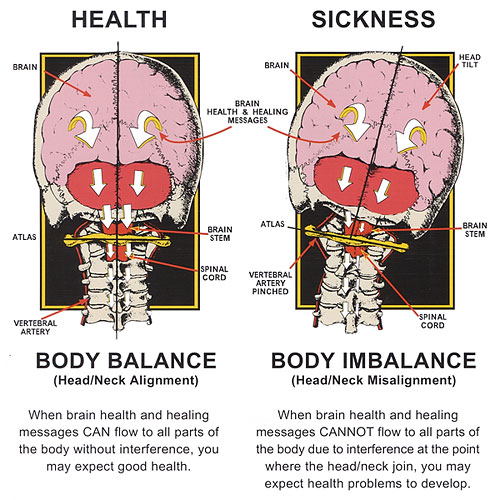Nearly 70 percent of Americans are on at least one prescription drug, and more than half take two, according to Mayo Clinic and Olmsted Medical Center researchers.
Antibiotics, antidepressants and painkilling opioids are the most commonly prescribed and yet do little to nothing in most cases with respect to building health. Shockingly, 20% of patients are on five or more prescription medications.
A Depressingly Drugged System
More children and young adults take daily prescription drugs for health concerns than at any other time in history. Yet the majority of prescription drug users surveyed state that they would rather not be taking medications. An analysis of that data alone would indicate that the spike in legal drug use takes place partly because so many people are unaware of another alternative. In the meantime, people continue to take medications that do not resolve the cause of health issues while enduring the addition of side effects that come from taking pharmaceutical drugs.
Chiropractic is a Drugless System
Chiropractic care ranks as the second largest healthcare profession and the largest drugless healthcare system in the entire world. Efforts led by the American Medical Association to eliminate the Chiropractic profession in the 1980's actually solidified the profession, resulting in a millions of patients trusting the strength and relevance of Chiropractic more than ever. People look for different approaches to health challenges that offer wellness and preventative strategies fixated on long term care. Chiropractic leads the way in helping families achieve a greater health potential with literally no resultant risks or negative side effects. Chiropractic adjustments to the spine provide results far beyond what medical professionals would have known by society. The science and research lay the foundation for why a Chiropractic adjustment provides more benefits than simple pain relief.
The 4 Most Common Benefits of a Chiropractic Adjustment

These well-known brain and central nervous system control mechanisms help explain why all men, women, and children should receive regular spinal check-ups by a licensed Chiropractor. The assurance of optimum brain to body communication provides peace of mind that comes from knowing optimal health and function are in the right hands.
For the Nerds…
“The intermedius nucleus of the medulla: A potential site for the integration of cervical information and the generation of autonomic responses.” Journal of Chemical Neuroanatomy November 2009 (38) pp. 166-175.
Authors: Edwards, Ian J., Deuchars, Susan A., Deuchars, Jim.
This white paper discusses the significance of the 2009 study published in the Journal of Chemical Neuroanatomy called “The intermedius nucleus of the medulla: A potential site for the integration of cervical information and the generation of autonomic responses.”
This study helps clarify why upper cervical subluxations negatively influence the autonomic nervous system and contribute to visceral and systemic dysfunction. Though the findings may seem rather elementary or non-amusing, they are quite impressive. The findings research like this help explain why Chiropractors have seen results over the past 120 years with almost any disease process known to man, especially upper cervical spinal adjustive care.
Findings were as follows:
- The intermedius nucleus (IMN) is located in the medulla and receives afferent input from the neck
musculature, vestibular nuclei, nucleus tractus solitarius(NTS), and the tongue. - The NTS plays a direct role in controlling the cardiovascular, respiratory, and gastro-intestinal
systems. - The IMN sends monosynaptic information to the NTS and hypoglossal nucleus.
Outputs from the IMN to the NTS and hypoglossal nucleus suggest a role in coordination of tongue
movements and autonomic responses. - The authors of this study suggest that the greatest influence of the IMN is to the autonomic circuits
relating to the cardiovascular system. - Low-threshold stimulation of the nerves entering the C1 and C2 dorsal root ganglion (i.e. an
adjustment) elicit changes in the activity of both sympathetic and respiratory nerves.
Proprioceptive information (from the spine) plays a role in modulating the autonomic nervous
system. - Neurons in the IMN are under the influence of sensory afferent information arising from the neck
region. - The IMN receives afferent input from the vestibular nuclei, and the vestibular nuclei receive
monosynaptic (direct) input from the upper cervical spine. - The IMN plays a role in generation of autonomic responses (breathing, digestion, heart, energy) to
movements of the head, especially since it is monosynaptically(directly) connected to the NTS.



